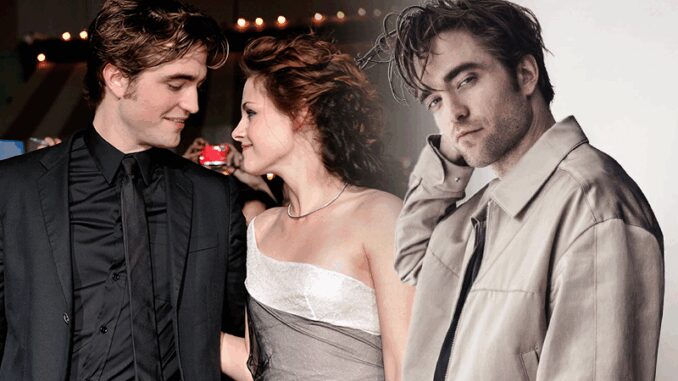
From Anonymity to Icon: Robert Pattinson’s Visual Reinvention
Robert Pattinson is an actor perpetually in flux. Shedding the sparkly skin of a teenage heartthrob, he has carved a career defined by unexpected choices, embracing the fringes of independent cinema and daring to dismantle his own image. Now, with highly anticipated projects like Bong Joon-ho’s “Mickey 17” and “The Batman II” on the horizon, Pattinson is poised for another visual and artistic reinvention, one that promises to solidify his status as a truly chameleonic performer. This journey, symbolized by the cryptic “md07,” hints at a deeper exploration of character and visual identity, pushing the boundaries of what we expect from both him and the genre he inhabits.
Pattinson’s initial fame was, in many ways, a visual cage. “Twilight” presented him as the idealized vampire, a porcelain doll with brooding eyes. While it catapulted him to international stardom, the role ultimately overshadowed his potential. The subsequent years were a conscious effort to break free from that gilded cage. Films like “Good Time,” with its gritty realism and unflattering neon lighting, and “The Lighthouse,” a claustrophobic descent into madness filmed in stark black and white, were deliberate choices to subvert expectations and challenge the audience’s perception of him. He embraced the disheveled, the uncomfortable, and the deeply flawed, transforming his beauty into a tool for portraying the ugliness within.
This visual transformation is key to understanding Pattinson’s artistic ambition. He doesn’t simply want to inhabit a character; he wants to embody its essence, its flaws, and its inner turmoil. This is particularly evident in his portrayal of Bruce Wayne in Matt Reeves’ “The Batman.” Unlike previous iterations, Pattinson’s Batman isn’t a playboy billionaire by day and a polished vigilante by night. He is a haunted recluse, consumed by grief and barely functioning as a human being. His costume, a cobbled-together armor reflecting his own internal fragmentation, is a visual representation of his pain and his relentless pursuit of justice.
The upcoming projects promise to push this visual exploration even further. “Mickey 17,” a sci-fi adaptation directed by Bong Joon-ho, offers the potential for another radical transformation. The premise itself, a disposable clone sent on a dangerous mission, suggests a character grappling with identity and the meaning of existence. Considering Bong Joon-ho’s masterful use of visual storytelling, as seen in “Parasite” and “Okja,” it’s highly likely that Pattinson’s physical appearance will be meticulously crafted to reflect the character’s psychological state and the dystopian world he inhabits.
Then there’s “The Batman II.” While details remain scarce, the very existence of the sequel suggests a deeper exploration of Bruce Wayne’s evolution. Having established the character’s raw, unpolished persona in the first film, the sequel offers the opportunity to refine and develop his visual identity. Will he embrace more advanced technology? Will his costume evolve to reflect his growing experience as a vigilante? These questions highlight the potential for further visual reinvention, allowing Pattinson to delve even deeper into the complexities of his character.
The cryptic “md07” serves as a potent symbol of this ongoing journey. It could represent a specific moment in a film, a particular artistic choice, or even a hidden code referencing a yet-to-be-revealed aspect of his work. Whatever its true meaning, it underscores the deliberate and calculated nature of Pattinson’s career. He is not simply an actor taking on roles; he is a visual architect, meticulously constructing his image through carefully chosen projects and performances.
In conclusion, Robert Pattinson’s journey from heartthrob to respected character actor is a testament to his commitment to artistic growth and visual reinvention. He has consistently challenged audience expectations, embracing roles that demand physical and emotional vulnerability. With “Mickey 17” and “The Batman II,” he is poised to continue this evolution, pushing the boundaries of his own performance and solidifying his status as a truly transformative and captivating actor. The cryptic “md07” serves as a reminder that his journey is far from over, and that the next chapter in his visual and artistic reinvention promises to be just as fascinating and unpredictable as the last. He is not just acting; he is building an iconography, brick by brick, performance by performance, visual clue by visual clue.
